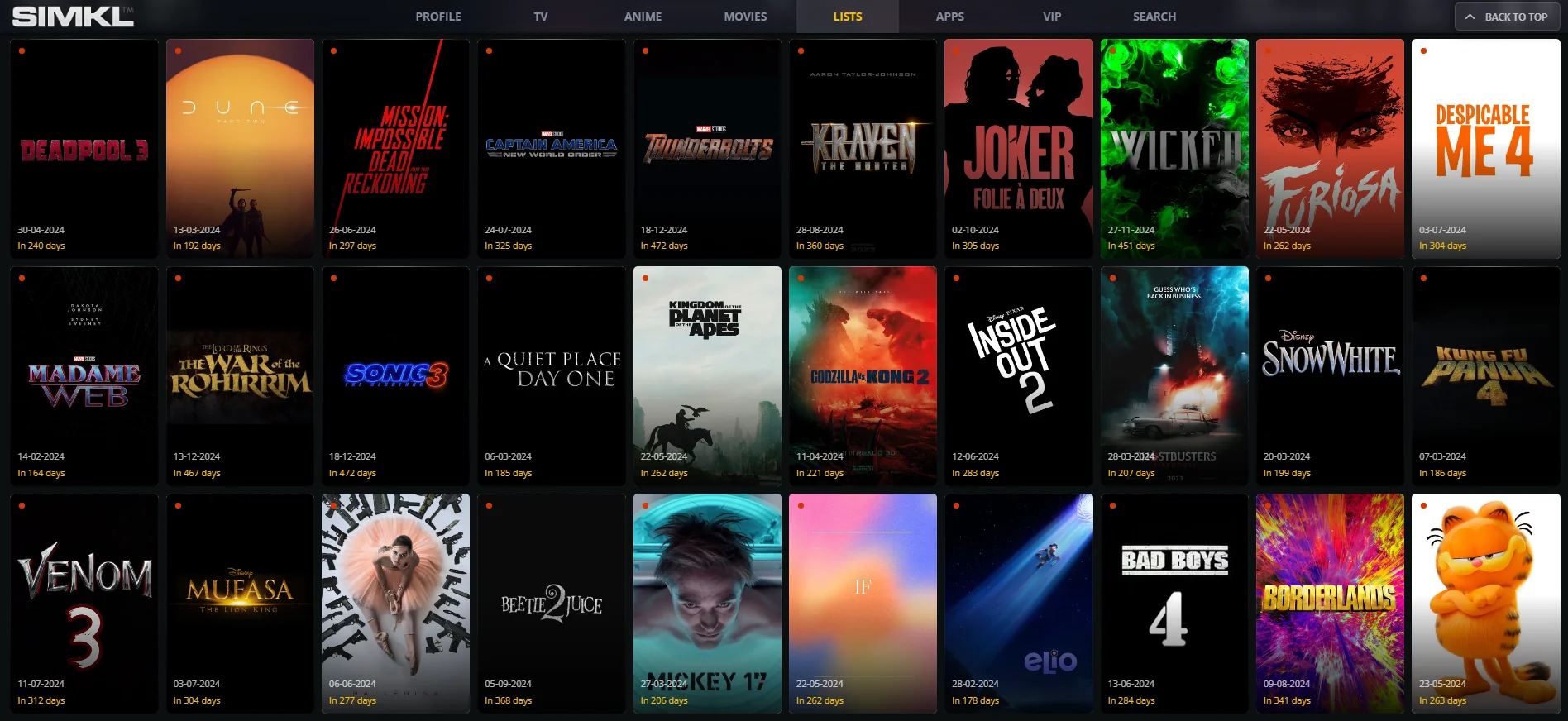The Evolution of TYPO3 and Its Impact on Modern Web Development
Explore the evolution of TYPO3 and its transformative impact on web development, highlighting its role in modern digital landscapes and future trends.

TYPO3, an enterprise-class Content Management System (CMS), has been a pivotal player in the web development arena since its inception in 1998. Known for its robustness, flexibility, and scalability, TYPO3 has evolved significantly, adapting to the changing dynamics of the internet and web development needs. This blog post explores the evolutionary journey of TYPO3, its impact on modern web development, and how it continues to shape the future of digital content management.
The Genesis of TYPO3
TYPO3 was first released by Kasper Skårhøj, a Danish developer who envisioned a free, open-source CMS that could compete with the commercial products of the time. The early versions of TYPO3 introduced features that were revolutionary, such as advanced front-end rendering and back-end management, setting the stage for a new era of content management systems.
Early Developments and Community Growth
By the early 2000s, TYPO3 had established a solid framework that allowed developers across the globe to contribute to its development. The community-driven approach fostered innovation and rapid growth, leading to more sophisticated features like granular permission controls, a templating engine, and multilingual support, which were critical for large-scale deployments.
TYPO3 and The Rise of Responsive Design
As mobile internet usage surged, TYPO3 adapted by integrating responsive design capabilities directly into its core. This allowed developers to create websites that could automatically adjust their layout based on the device being used, a crucial feature in today's mobile-first world.
Enhancements in Scalability and Security
Over the years, TYPO3 has emphasized scalability and security, making it a preferred choice for enterprise-level applications. With robust built-in security measures and the ability to handle extensive traffic loads, TYPO3 has become synonymous with reliability for major organizations.
TYPO3 Today: A Tool for Digital Transformation
Today, TYPO3 is not just a CMS but a comprehensive digital experience platform. It offers seamless integration with third-party tools, sophisticated digital marketing capabilities, and advanced content management features that help organizations in their digital transformation journeys.
Impact on Modern Web Development
TYPO3's impact on modern web development is profound:
- Flexibility and Extensibility: With thousands of extensions available in the TYPO3 Extension Repository, developers can easily add custom functionality without altering the core codebase.
- Enterprise-Ready: TYPO3’s multi-site management capabilities and fine-grained permission control make it ideal for organizations with complex web infrastructure.
- Future-Proof Technology: Continuous updates and improvements ensure TYPO3 remains compatible with the latest web technologies and standards.
Case Studies: Success Stories
Numerous global enterprises have leveraged TYPO3 to revamp their web presence. For example, a leading automotive company used TYPO3 to unify its global brand presence, resulting in increased operational efficiency and enhanced user engagement.
Challenges and Solutions
Despite its many benefits, implementing TYPO3 can be challenging due to its steep learning curve. However, the extensive TYPO3 community provides ample learning resources, professional support, and user groups to help new users navigate these challenges.
The Road Ahead for TYPO3
Looking forward, TYPO3 is set to incorporate more AI-driven content management features, improved cloud integration, and enhanced security protocols, positioning itself as a key player in the future of web development.
Conclusion
TYPO3 has evolved from a basic CMS into a comprehensive digital experience platform, playing a pivotal role in shaping the web development industry. Over the years, it has expanded its functionality, offering advanced features such as multilingual support, customizable workflows, and robust security, making it a preferred choice for businesses worldwide. As digital transformation accelerates, TYPO3’s adaptability and scalability help organizations create dynamic, engaging websites that meet modern demands. With an active community continually contributing to its development, TYPO3 remains a valuable tool for organizations seeking to improve their digital presence. Its flexibility and comprehensive solutions make it a top choice for businesses looking to stay ahead in the ever-evolving digital landscape.
What's Your Reaction?


















